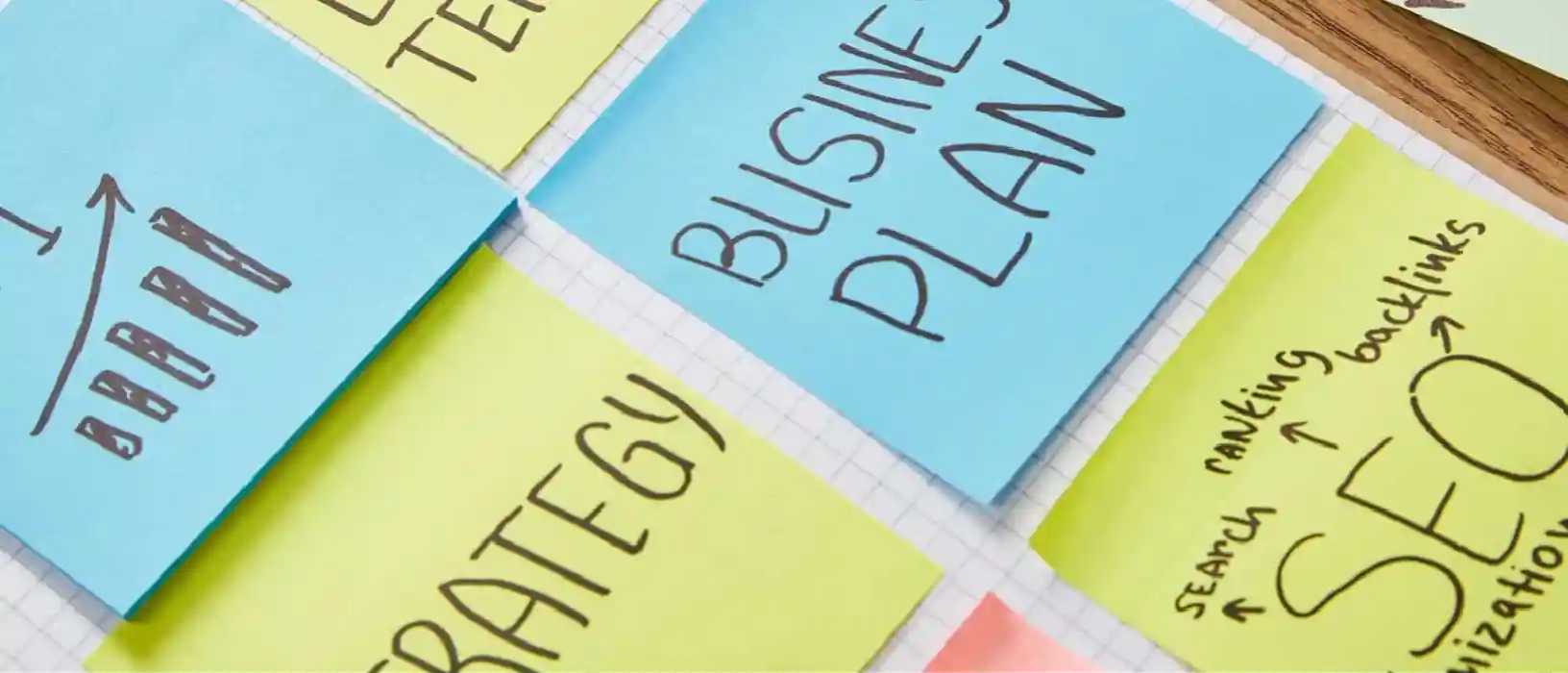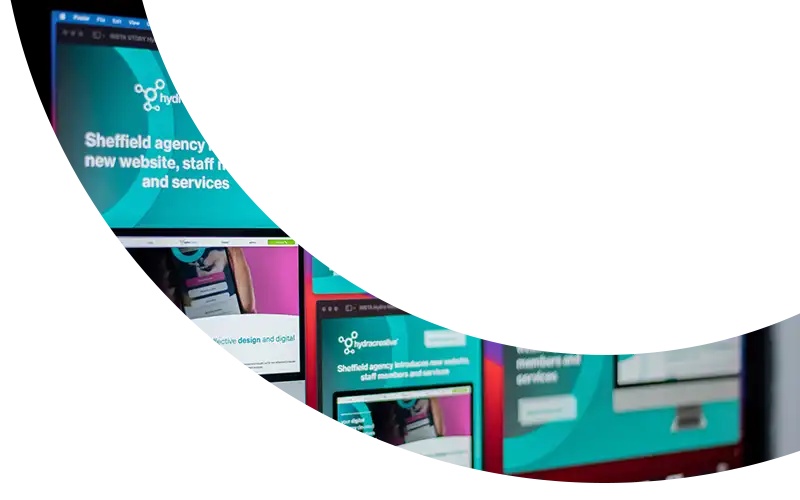Faced with a decline in sales, leading to a struggle to pay staff, many businesses have had no choice but to limit outgoings as much as possible, to help them weather the Coronavirus storm. One area that many businesses have cut is their marketing, with budgets slashed and marketing activity put on hold, in a desperate attempt to retain cash in the business.
However, with an eventual lockdown ease on the horizon, and with many of us now starting to consider how we get back to some semblance of normality, many businesses are going to face an up-hill battle to get their marketing back on track and build those all-important leads and sales. So, what can you do now, to prepare?

Review What You’ve Done Before
Use this pause time to take stock and analyse your past marketing – what’s worked, what hasn’t? Is your marketing plan going to be relevant in the post-pandemic context? Are the behaviours of your target market likely to change? For example, will they be using different social media channels, are they likely to be spending more time online (the answer to this is likely to be ‘yes’!), will their spending habits be changing? Could you reach out and broaden your target audience to attract new customers?
Prepare a Content Strategy
So, what is a content strategy? Basically, it’s your plan for what you’re going to say, how, where and when. Remember, content doesn’t just refer to written information, it also covers your videos, images, webinars and everything in between. As part of this plan, you should include what you hope to achieve from each bit of content – for example, is it about showing personality, promoting a service or product, or highlighting your expertise? What do you want your target audience to take away from the content, and what action do you want them to take, if any? Having a content strategy in place will help you focus your efforts and allow you to more easily track what’s effectively delivering against your objectives.
Focus on SEO
Think long-term and make sure your website is fully optimised, so that when your target audience is back in the market for your products and services, they’re able to find you. It takes time for your content to bed in and start being crawled by search engines. So, start building up your content now. Follow your content strategy, and make sure everything you create follows your tone of voice, your values and reflects who you are as a business and where you want to go. If there are people in your team who can’t do their usual day-to-day tasks, try giving them the task of creating new content. It’ll help keep them busy and build up your valuable content – win-win! If, on the other hand, many of your team are on furlough, then look back through your old content and see if you can re-purpose any of it. For example, can you create simple graphics using old customer testimonials, or could you breathe new life into a case study by turning it into an animation? Having optimised SEO content in place could make all the difference in helping you stay ahead of your competitors, as we emerge out of the current situation.
Expand Your Market
With many customer-facing businesses forced to close their doors, shockwaves are being felt through the whole supply chain. As businesses found their traditional routes to market cut off, they’ve looked to ways to go direct to the end customer (D2C). This has been most notable in the food and hospitality industry, where the closure of bars and restaurants has seen many wholesale food suppliers start to reach out and supply food to the public. Now is a great time to reflect on your customers and routes to market, and see if there are any opportunities for you to expand your customer base, or supply direct to your end user if their usual outlets are closed. Could your products or services be used for a different purpose? Could you look to reach out to new countries or markets?
Make the Most of Technology
According to The Drum, 61% of B2B transactions now start online. So it’s now even more important for B2B businesses to make sure their online presence is visible, up to date and effective.
The current situation has also highlighted to many companies how much of their business relies on face to face interactions, both with colleagues and customers. If you’ve found the same, this could be the perfect time to review your software, procedures and marketing methods, and do some research to see what other tools are out there that you could utilise. For example, if you rely on in-person product demonstrations, could you use video or 3D renders to allow you to demo your products to an online audience? If you usually deliver training or events face to face, could you create an online training portal instead? You could also consider implementing marketing automation to help you harness and maximise those all-important leads from your marketing channels, such as email, social media and web marketing. There are lots of different marketing automation platforms out there, some are specific to one channel, such as MailChimp for email automation, but others such as Hubspot cover multiple channels. If you’re not sure where to start with Marketing Automation, check out this handy guide from Neil Patel or get in touch with our digital marketing team, who’ll be happy to go through the different options.
Set Up Shop
If you’ve got a product to sell, then you should really consider getting yourself set up to sell online. In a recent survey by Enterprise Nation, exploring how small businesses were planning for the post-coronavirus future, 63% of respondents said they wanted to develop an increased online capability, such as e-commerce. This message was reinforced in the latest issue of The Drum magazine, where Keith Weed, President of the Advertising Association, was quoted as saying “all brands need to think very seriously about their e-commerce strategy going forward”, in response to the huge surge in people shopping online.
One of the best ways to sell your products online is through an e-commerce website. This allows your customers to browse and buy your products anytime, anywhere. It’s important to make sure you consider how your customers will interact with your website, and that they are easily able to find and buy what they’re looking for. Look at the basket process and try to limit the number of steps involved, to remove potential barriers to purchase and avoid the dreaded ‘cart abandonment’. As you’ll be capturing people’s information and payment details, it’s vital that your site is safe and secure. Make sure your site has a valid SSL certificate and uses a secure payment system such as Worldpay, PayPal or Stripe. And thanks to a recent announcement from Google, you’ll now be able to benefit from free listings on Google shopping, meaning you’ll be able to reach even more potential customers. You can find out more about Google’s free listings in our previous article.
Ask Your Customers
It’s always a good idea to check in with your customers, but it’s especially important at the moment. Your customers want to know that you’re still there for them and that you genuinely care about them. But as well as this, your existing customers are a veritable mine of information to help you shape your future marketing. You could ask them about the issues affecting them and their business at the moment, what products or solutions they’d find useful, or find out what marketing channels they interact with – is there a particular trade publication or event, for example, that you could look to get involved with?
Conclusion
There are lots of areas to look at when preparing to reach out to your target audience again after a period of inactivity. Hopefully this guide has given you some good ideas and tips of what your business should be focusing on. However, if you need help preparing your digital marketing strategy, or aren’t sure where to start with your marketing, or how to get your marketing back on track, don’t worry. We’re here to help, listen and advise.

Let's start creating together
Let Hydra be the solution for your next project.